Legume (Fabaceae)
Ascending Purple Milk-vetch
Astragalus adsurgens PallasThis perennial has purple pea-like flowers that are pollinated by bees, and seeds that are eaten by songbirds and small mammals. Plants have been used by Indigenous people for medicinal purposes. They have also been known to accumulate enough selenium to cause poisoning in cattle and sheep. It is most often found in dry prairies at cooler latitudes.
Flower Colour:
- Purple
Flowering Season:
- Summer
Flowering Months:
- August
- July
- June
Canadian Rarity Status:
Not rare. Listed as “sensitive” in British Columbia and Northwest Territories, and “may be at risk” in Ontario.
Physical Appearance:
Numerous, hairy stems grow 10-40 cm tall, forming spreading clusters. The alternate, hairy leaves are divided into 9-23 lance- to oval-shaped leaflets with smooth edges. Flowers occur in dense, spike-like clusters of 15-80, on stalks emerging from leaf axils. Each flower has one upper banner petal, three smaller petals (wings and keel), and a light green, hairy calyx. Fruits are stalkless, erect, hairy capsules.
Similar Species:
Ground-plum (Astragalus crassicarpus Nutt.), Missouri Milk-vetch (Astragalus missouriensis Nutt.), Purple Milk-vetch
Gardening Notes:
Seeds and/or plants may be available from greenhouses and seed supply companies specializing in native plants.
Canadian Distribution:
- Alberta
- British Columbia
- Manitoba
- Northwest Territories
- Ontario
- Saskatchewan
- Yukon
Prairie Types:
- Fescue Prairie
- Mixed Grass Prairie
- Tall Grass Prairie
Habitats:
- Prairies
- River Terraces
- Rocky Foothills
- Slopes
Moisture Conditions:
- Dry
- Moderate
Light Preference:
- Full Sun
- Part Shade
Soil Preference:
- Alkaline
- Loam
- Neutral
- Sand
- Silt






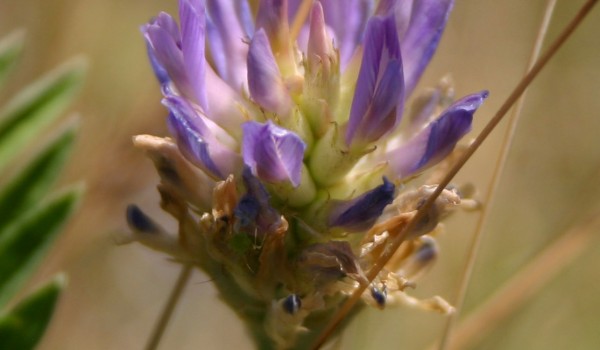
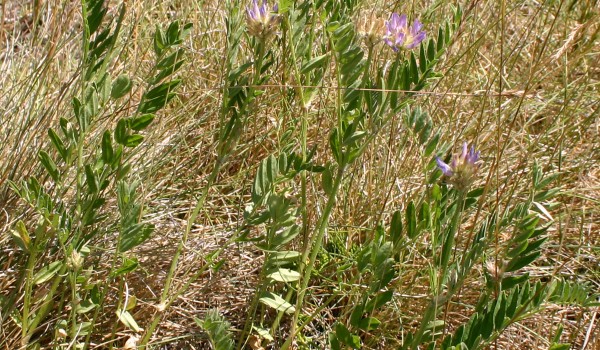
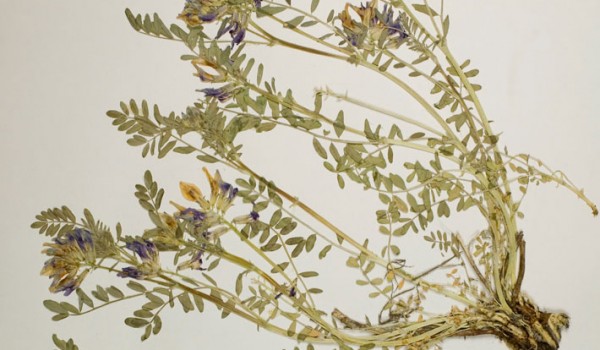
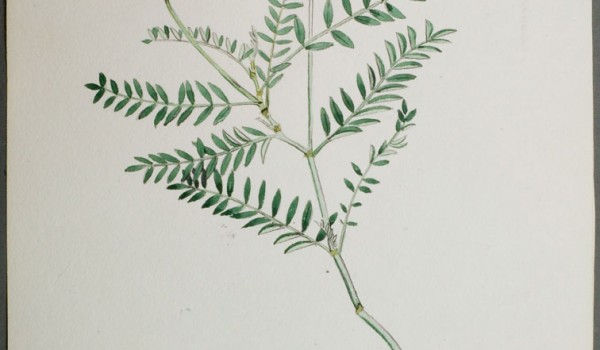
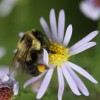 Bumble, Honey, and other Bees (
Bumble, Honey, and other Bees (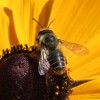 Leafcutter and Mason Bees (
Leafcutter and Mason Bees (